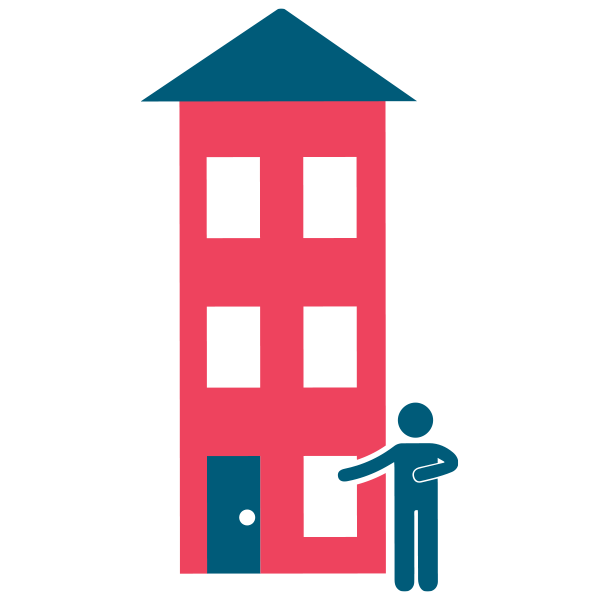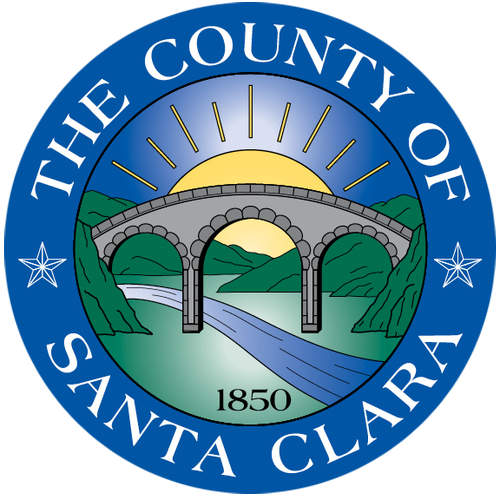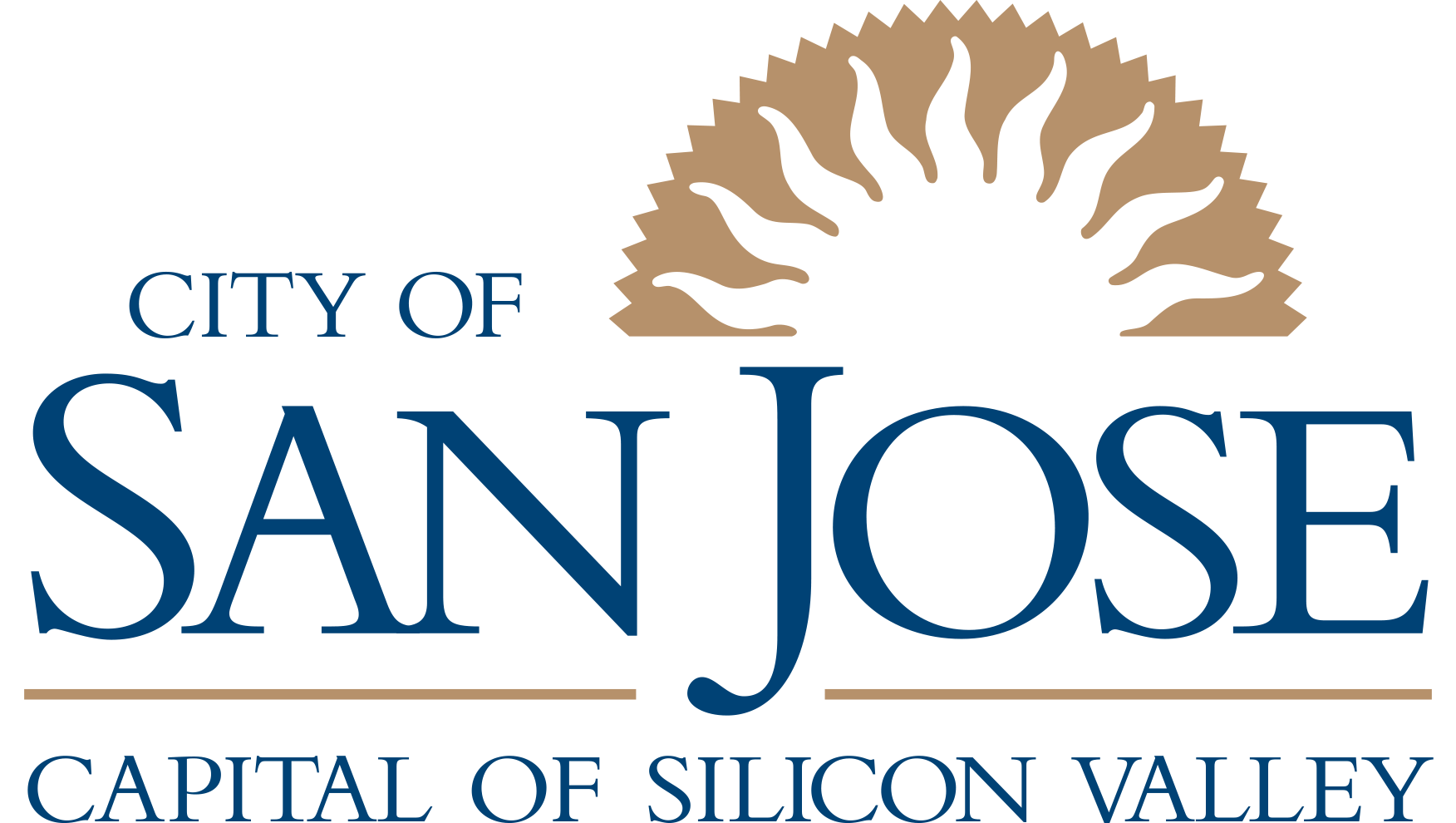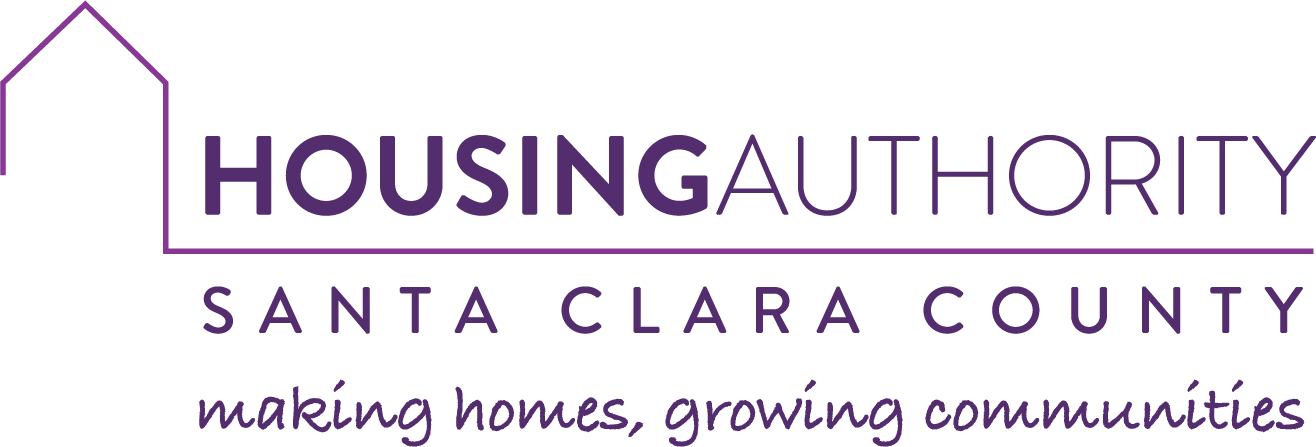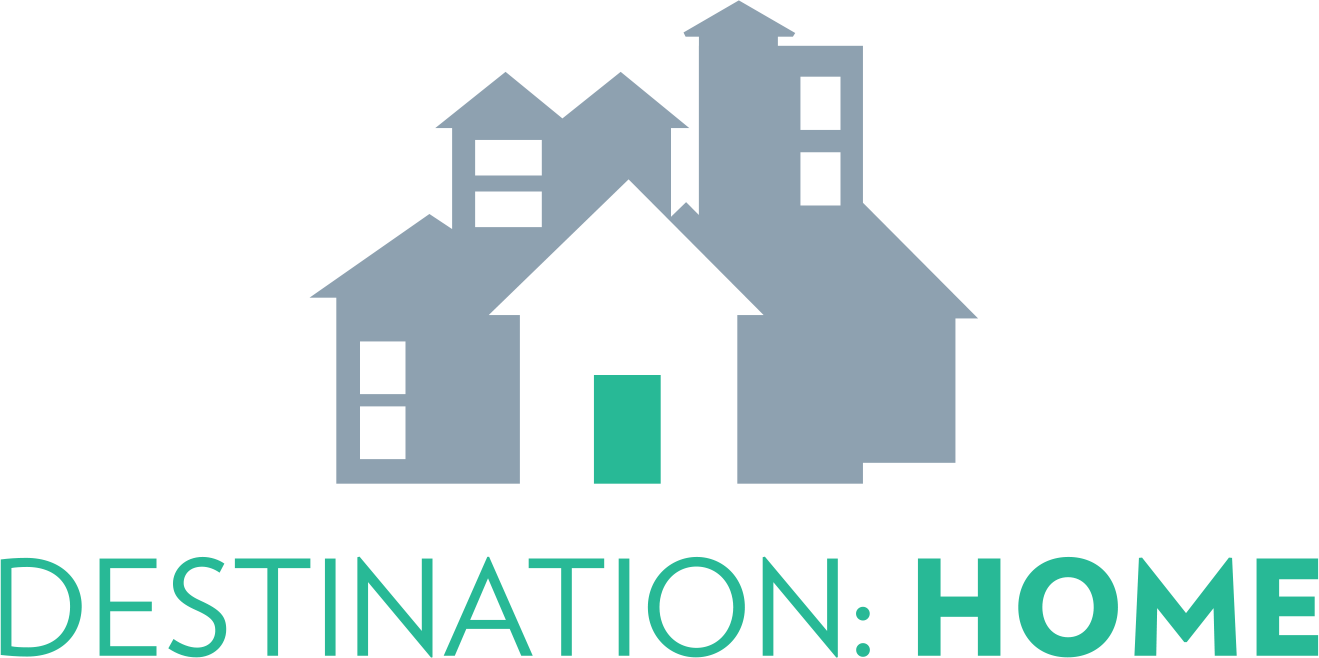Paving a New Path
Paving a New Path on Homelessness
(2008-2011)
In 2007, the community in Santa Clara County was grappling with an increase in homelessness, brought on by decades of failed housing policies, high cost of living, minimal support services, and racial inequality. Around 7,200 residents were experiencing homelessness on any given night, disproportionately people of color. Tens-of-thousands more were at-risk of homelessness, residing in unstable living conditions and/or experiencing severe rent burdens.
At the same time, the countywide response to homelessness was fragmented. The County of Santa Clara and City of San Jose each had different plans for addressing homelessness and varying resources to tackle the issue. Nonprofit service providers battled a scarcity of funding and often did not have the resources to prioritize chronically homeless populations. Ultimately, no entity was responsible for stemming the growing tide of homelessness.
Blue Ribbon Commission
Recognizing the need for a unified plan to end homelessness, rather than merely manage it, then- Santa Clara County Supervisor Don Gage and then- San Jose Mayor Chuck Reed launched a Blue Ribbon Commission in 2007. Over the course of a year, the 25-member commission — comprising stakeholders from government, nonprofit, and private sector organizations — developed recommendations to establish a more unified, county-wide approach. The commission’s final report outlined several key strategies (see below), the most important of which was to shift to the Housing FirstAccording to the National Alliance to End Homelessness, the Housing First approach is a proven strategy for ending homelessness that prioritizes providing permanent housing to people experiencing homelessness, thus ending their homelessness and serving as a platform from which they can pursue personal goals and improve their quality of life. This approach is guided by the belief that people need basic necessities like food and a place to live before attending to anything less critical, such as getting a job, budgeting properly, or attending to substance use issues. approach.

7 Strategies Recommended by Blue Ribbon Commission
- Improve access to services by creating outreach and benefit teams to establish a consistent street presence, build trust with homeless individuals, and connect them with ongoing services and housing.
- Establish better institutional outreach and discharge planning to ensure housing and case management services are immediately initiated for individuals discharged from institutions, such as healthcare, corrections, or foster care facilities.
- Implement a medical respite facility to provide homeless individuals recovering from illness or injury with a safe place to recuperate while also linking them to services and permanent housing.
- Create a “one-stop” homelessness prevention center that offers comprehensive support all in one location and directly links services with permanent supportive housingA type of housing unit or program that combines affordable housing with support services (for example, mental health, employment, or peer support services) that has proven successful in helping homeless individuals become and stay housed. Supportive housing programs can come in many forms, including long-term programs (i.e. Permanent Supportive Housing) and shorter-term support (i.e. Rapid Rehousing)..
- Shift to Housing FirstAccording to the National Alliance to End Homelessness, the Housing First approach is a proven strategy for ending homelessness that prioritizes providing permanent housing to people experiencing homelessness, thus ending their homelessness and serving as a platform from which they can pursue personal goals and improve their quality of life. This approach is guided by the belief that people need basic necessities like food and a place to live before attending to anything less critical, such as getting a job, budgeting properly, or attending to substance use issues. approach, focused on prioritizing rapid placement in permanent housing as the most cost-effective and successful strategy.
- Develop new and increase existing sources of funding for affordable housingSubsidized housing where rents are set at a below-market rate based on the tenant’s income. There are many different types of affordable housing - units are typically designated based on a tenant’s income level (i.e. low-income vs extremely low-income) and certain types of affordable housing may also be reserved for a specific demographic (i.e. seniors or veterans). Deeply affordable housing refers to developments or units where rents are kept particularly low and are intended to serve the lowest-income residents in the community. production and ensure production of a diversity of housing types with this funding.
- Advocate and implement a series of land use policies that allow for increasing the production of both affordable and market-rate housing.
The Blue Ribbon Commission also committed to building a regional governance structure to implement these strategies, and Destination: Home was established as a public-private partnership to serve as the backbone of a new countywide approach. And with a mandate to build a collective impactA concept first introduced in the Stanford Social Innovation Review in 2011, collective impact is a framework for deep and sustained collaboration between actors from different sectors to solve a specific social problem. model aimed at ending homelessness in the region, Destination: Home began to convene and unite a wide array of stakeholders – including the County of Santa Clara, City of San Jose and other cities throughout the region, the Santa Clara County Housing Authority, nonprofit service providers, and housing developers – into this new collective impactA concept first introduced in the Stanford Social Innovation Review in 2011, collective impact is a framework for deep and sustained collaboration between actors from different sectors to solve a specific social problem. model (which is referred to as “the coalition” throughout this piece)



